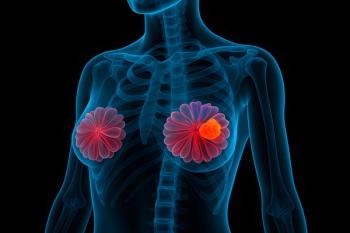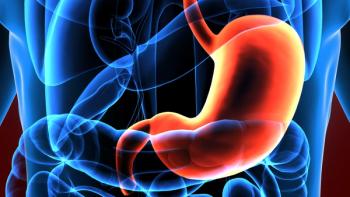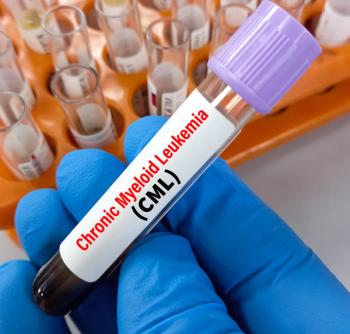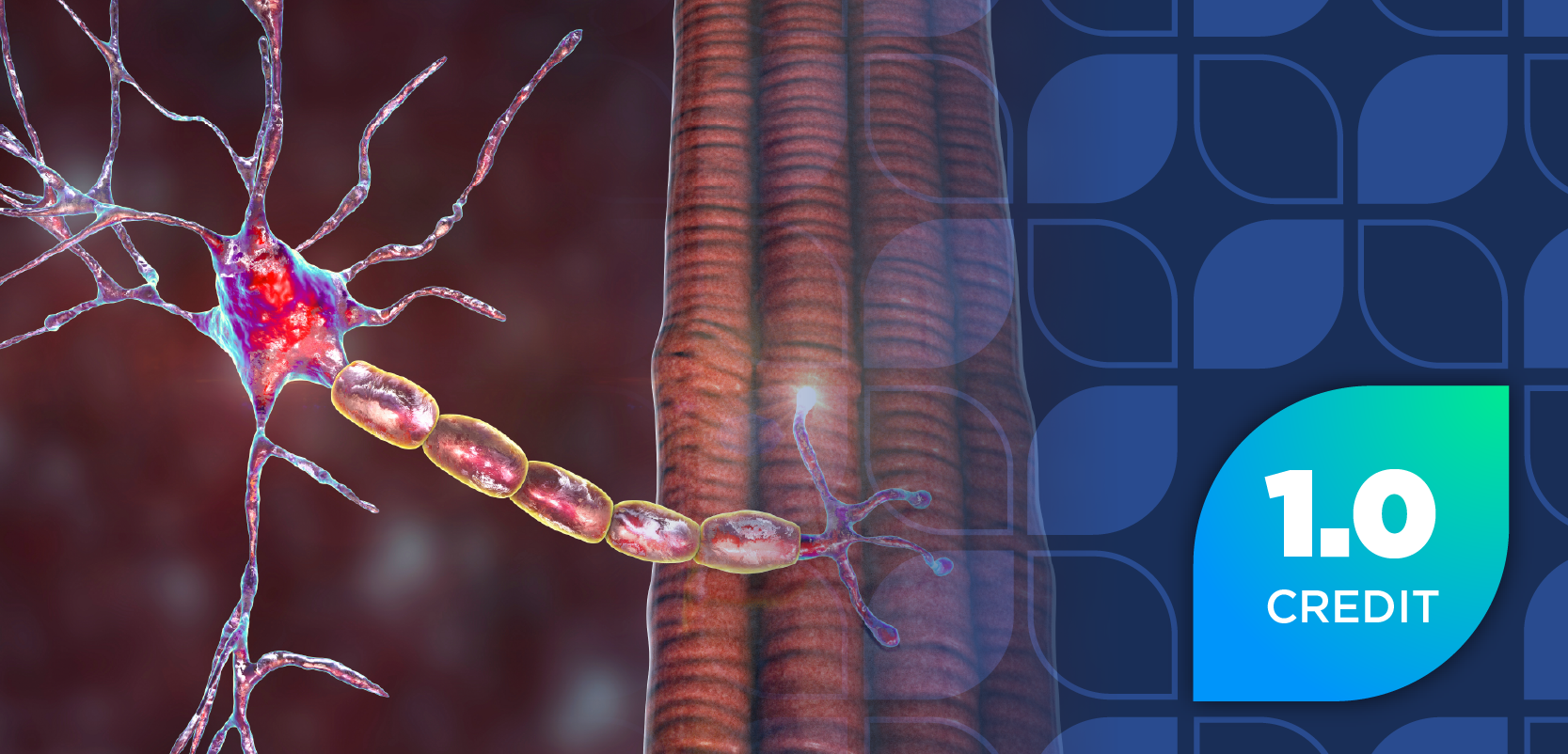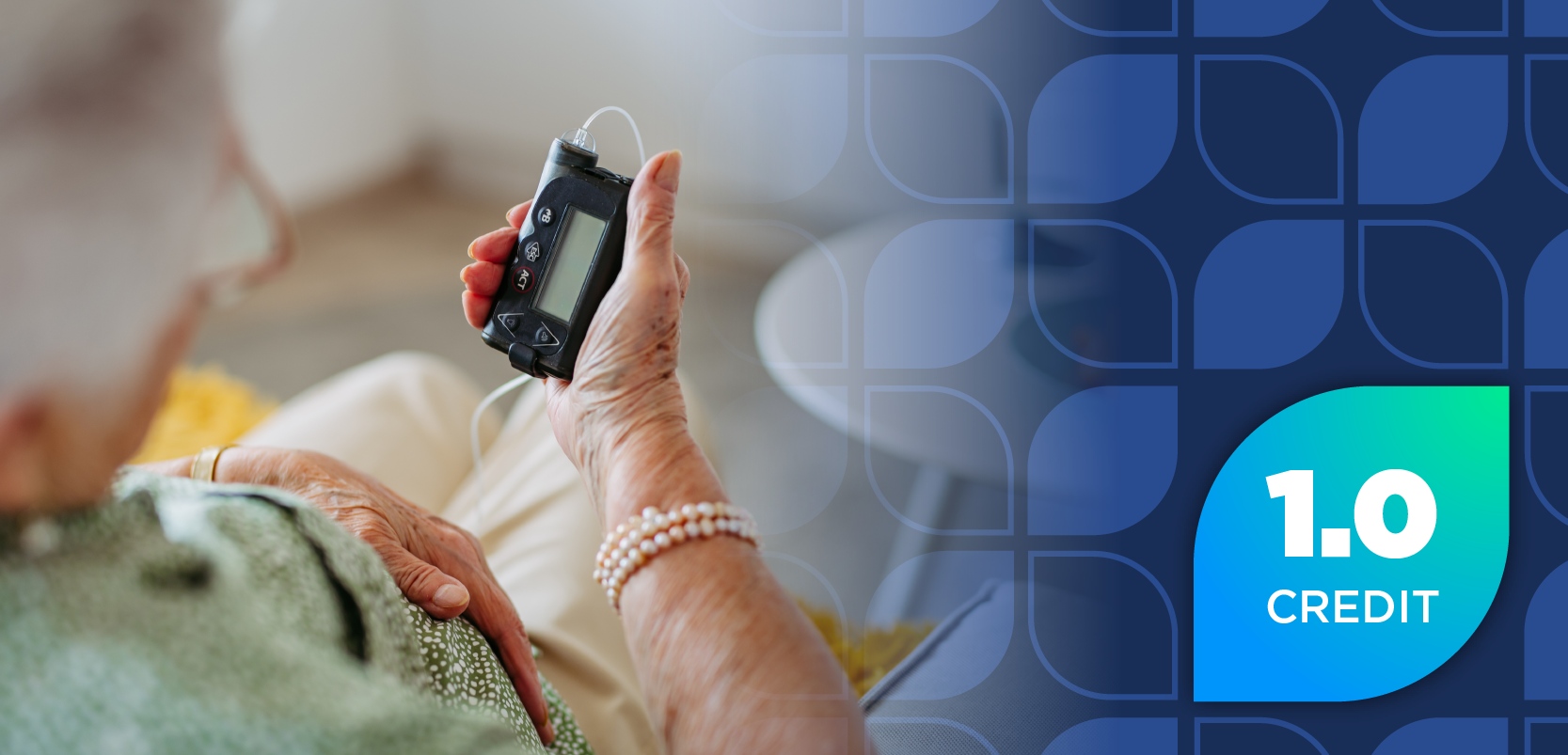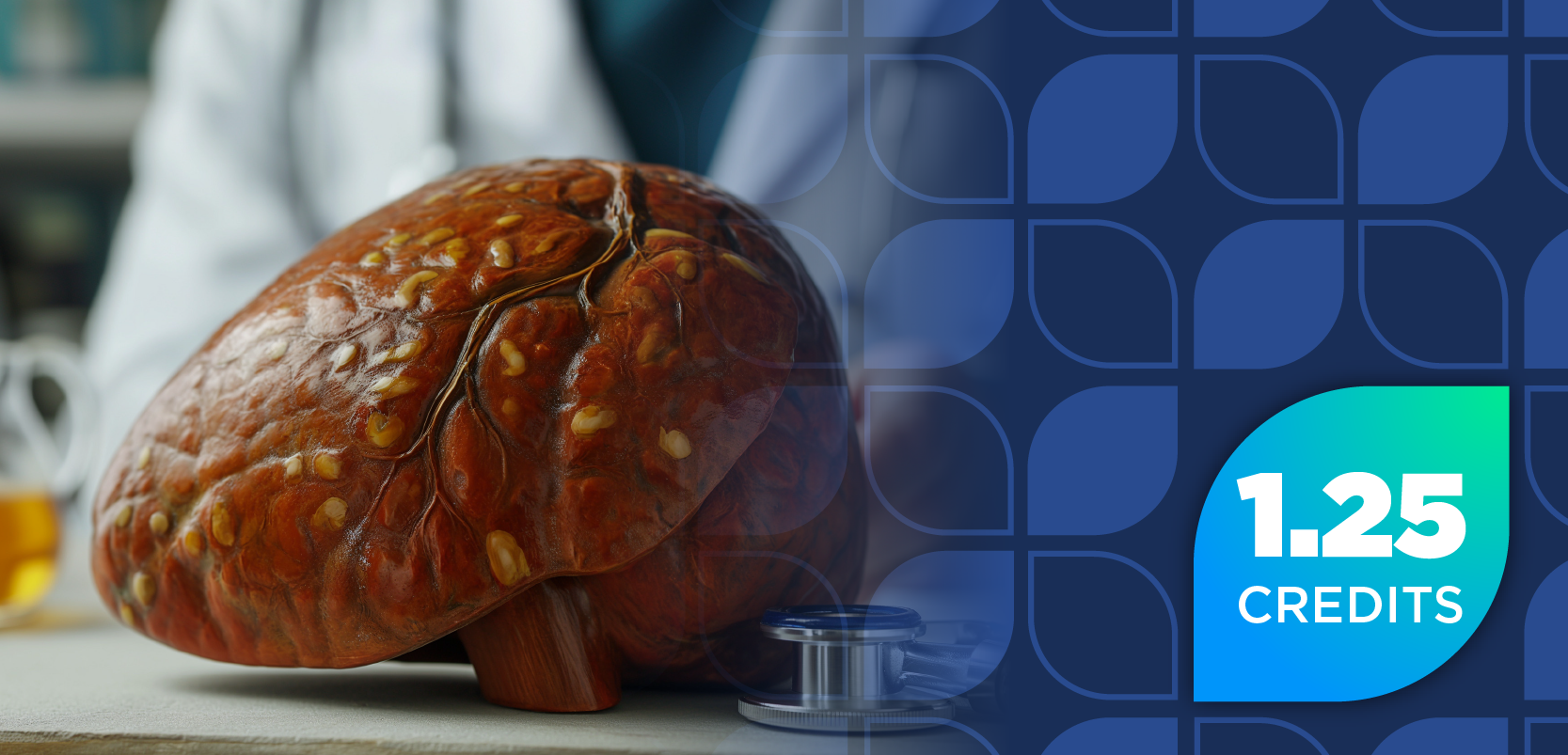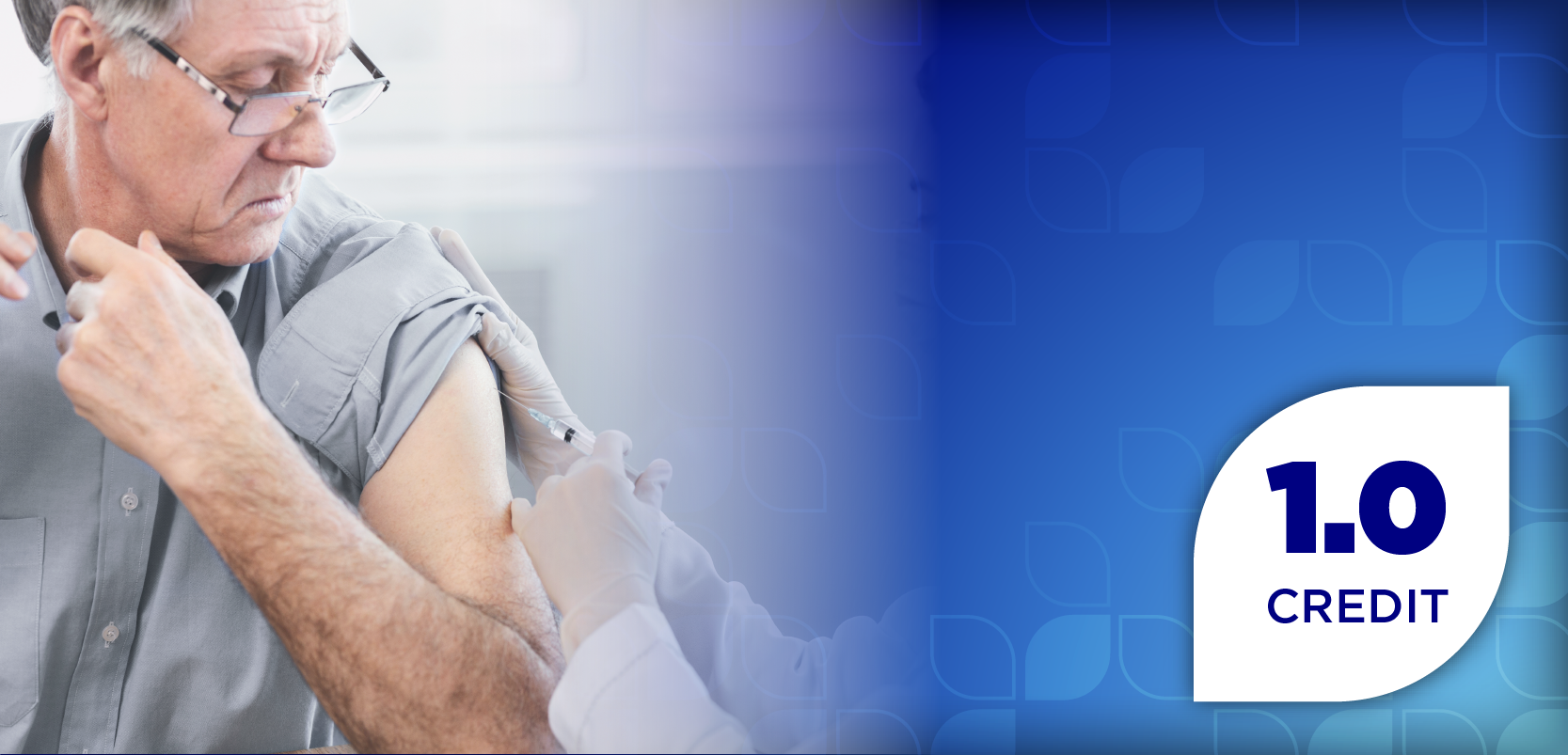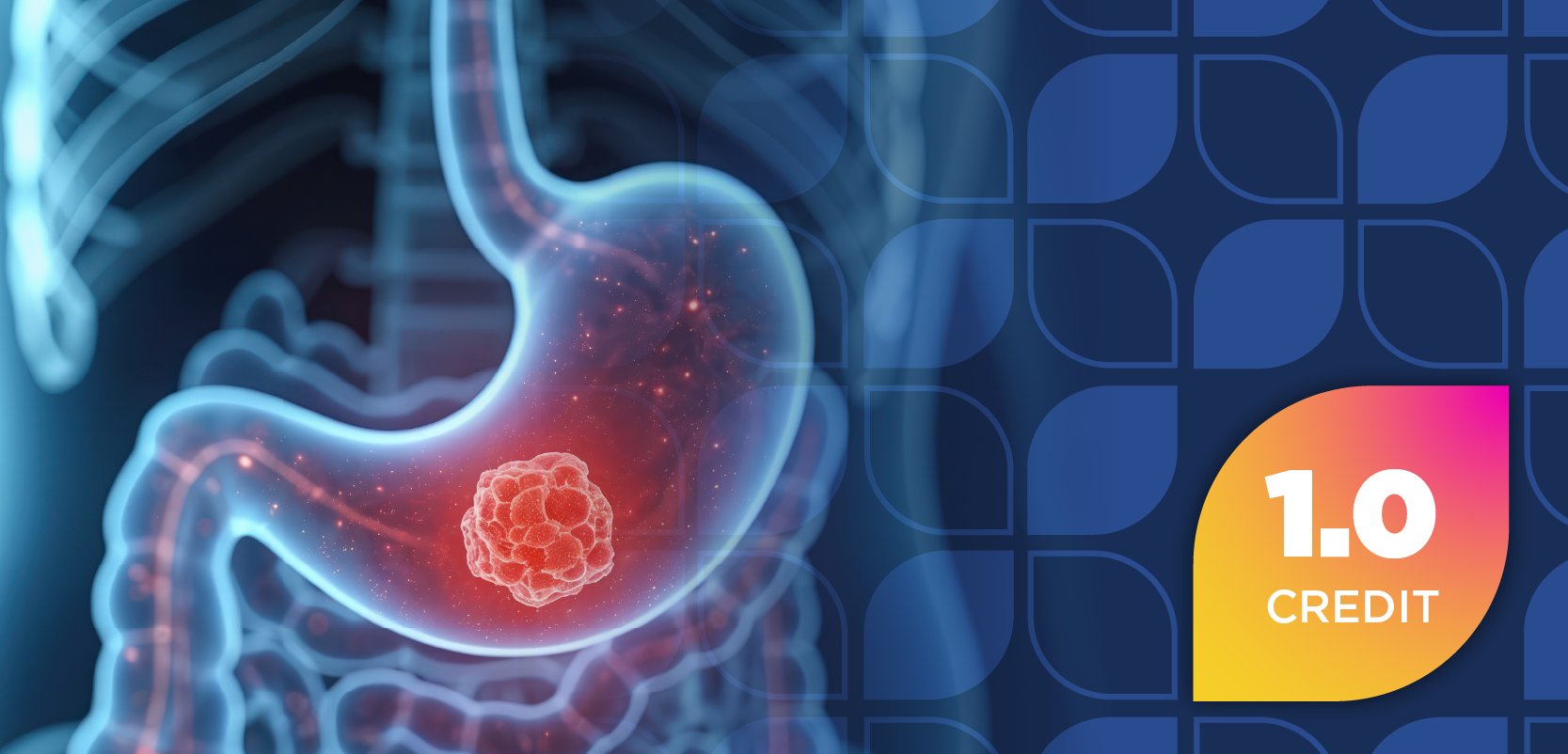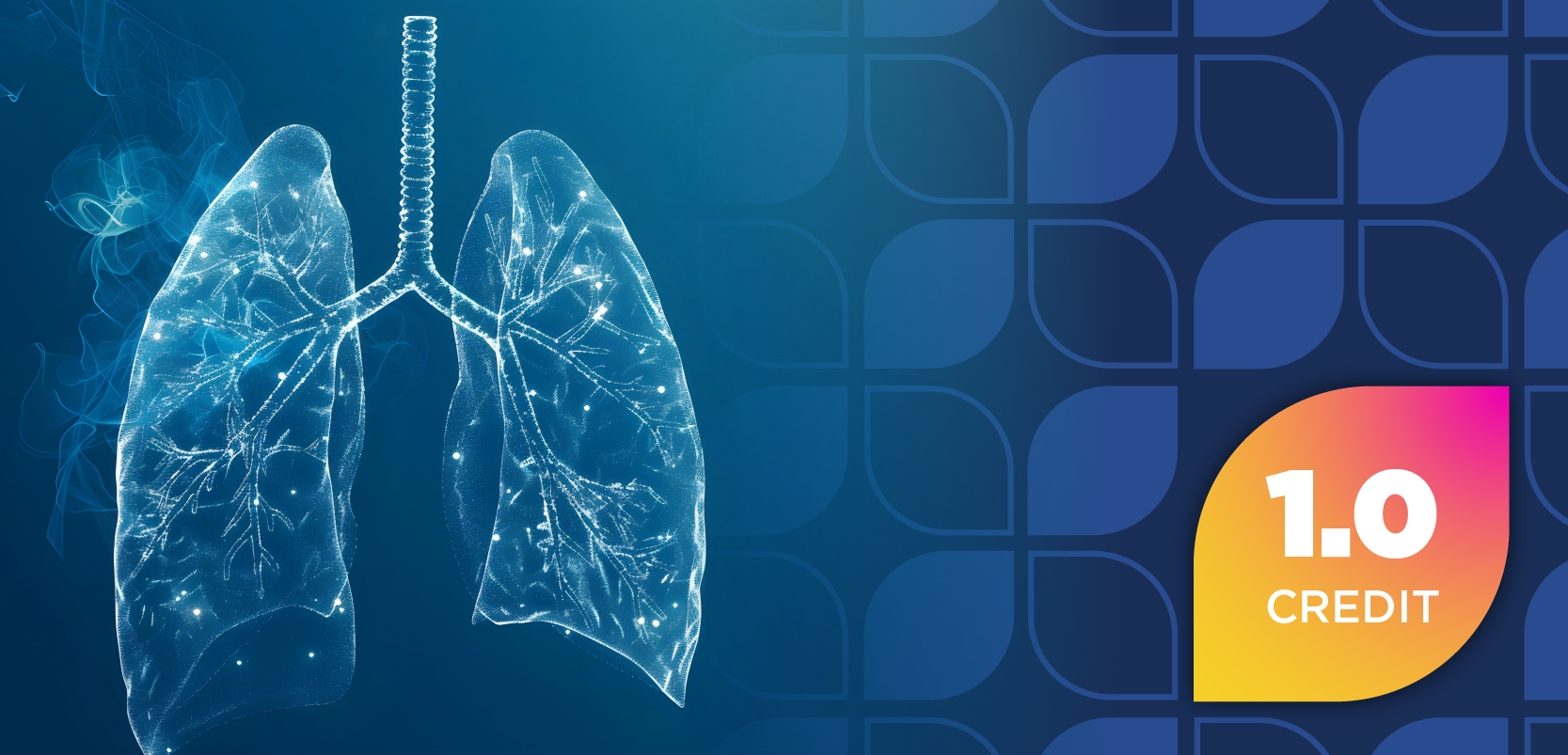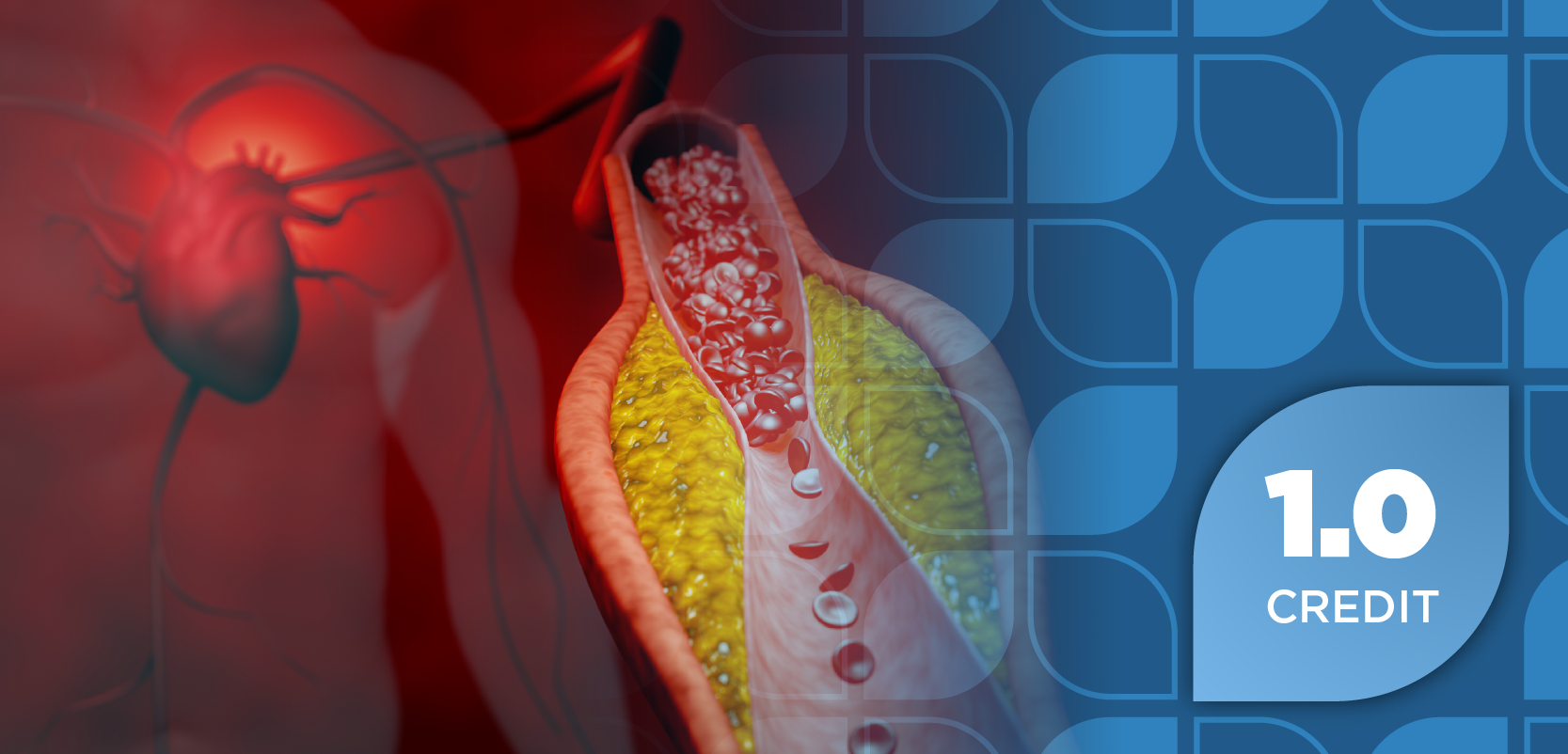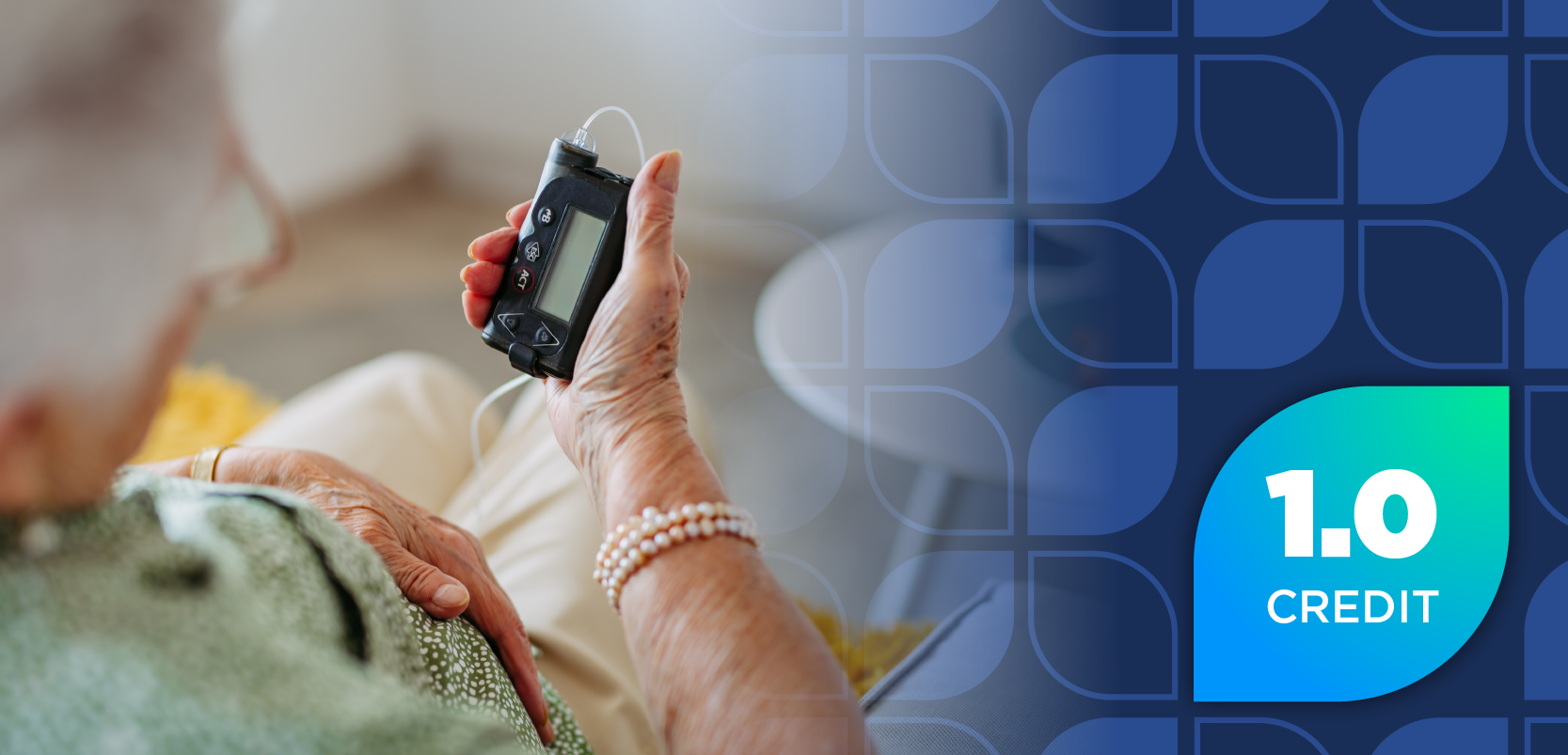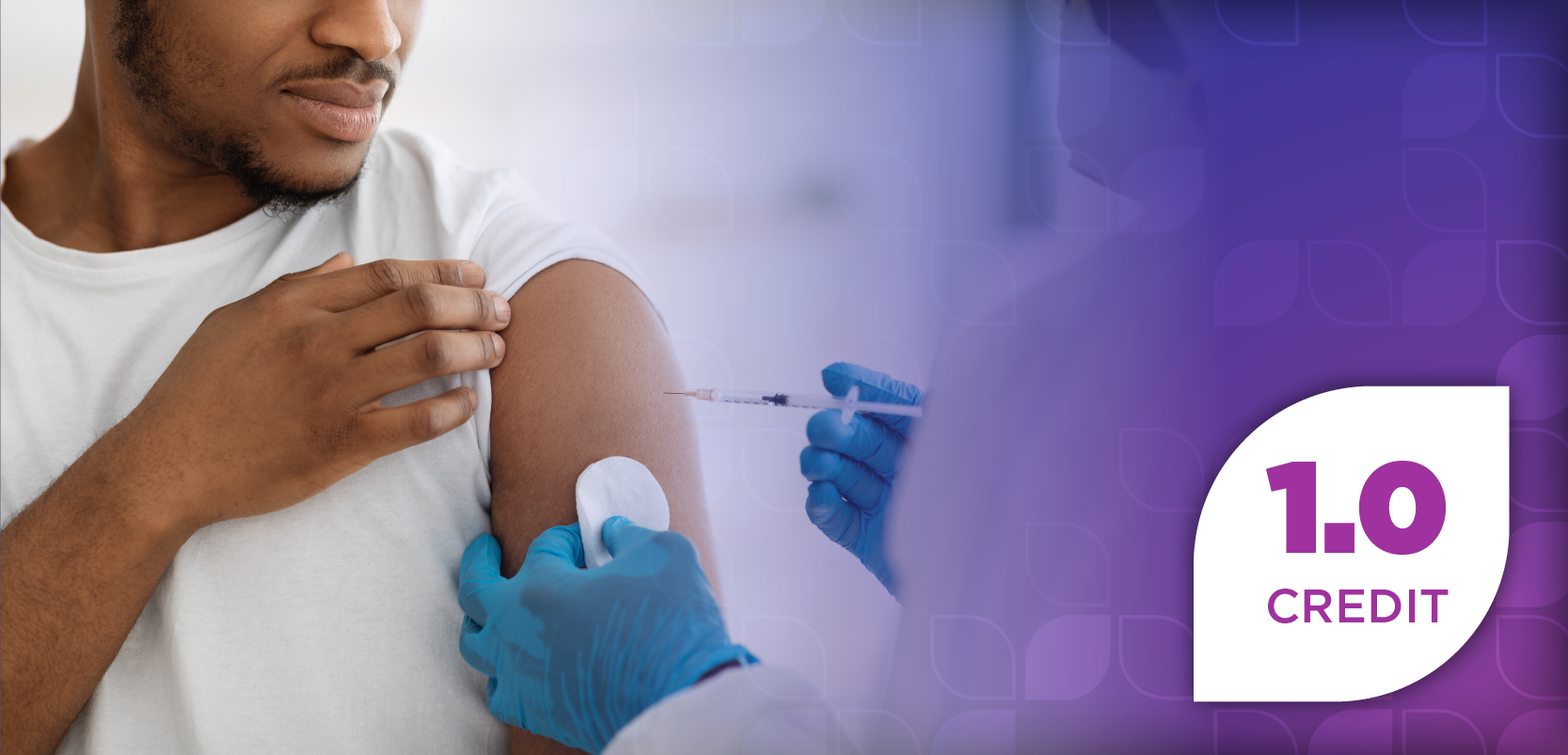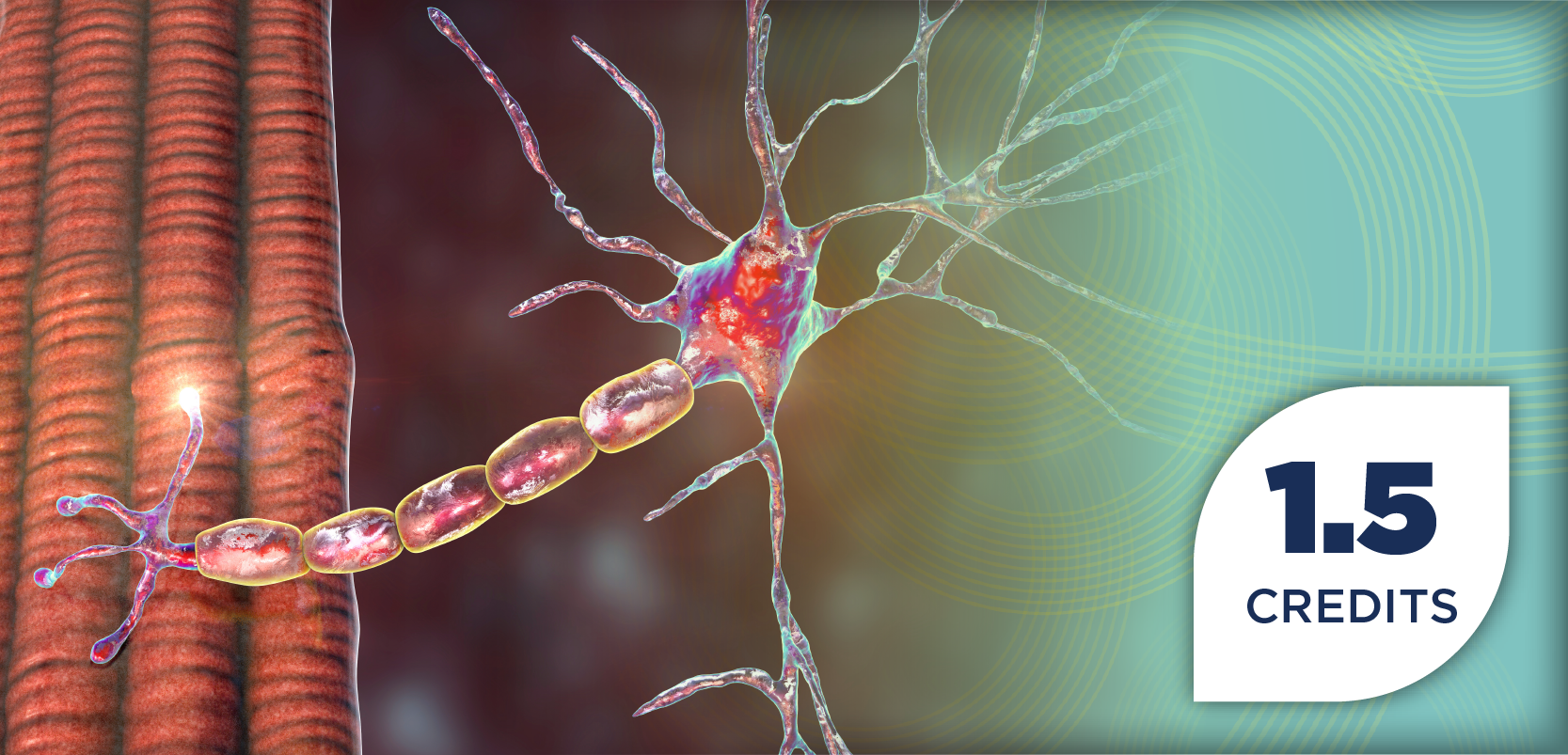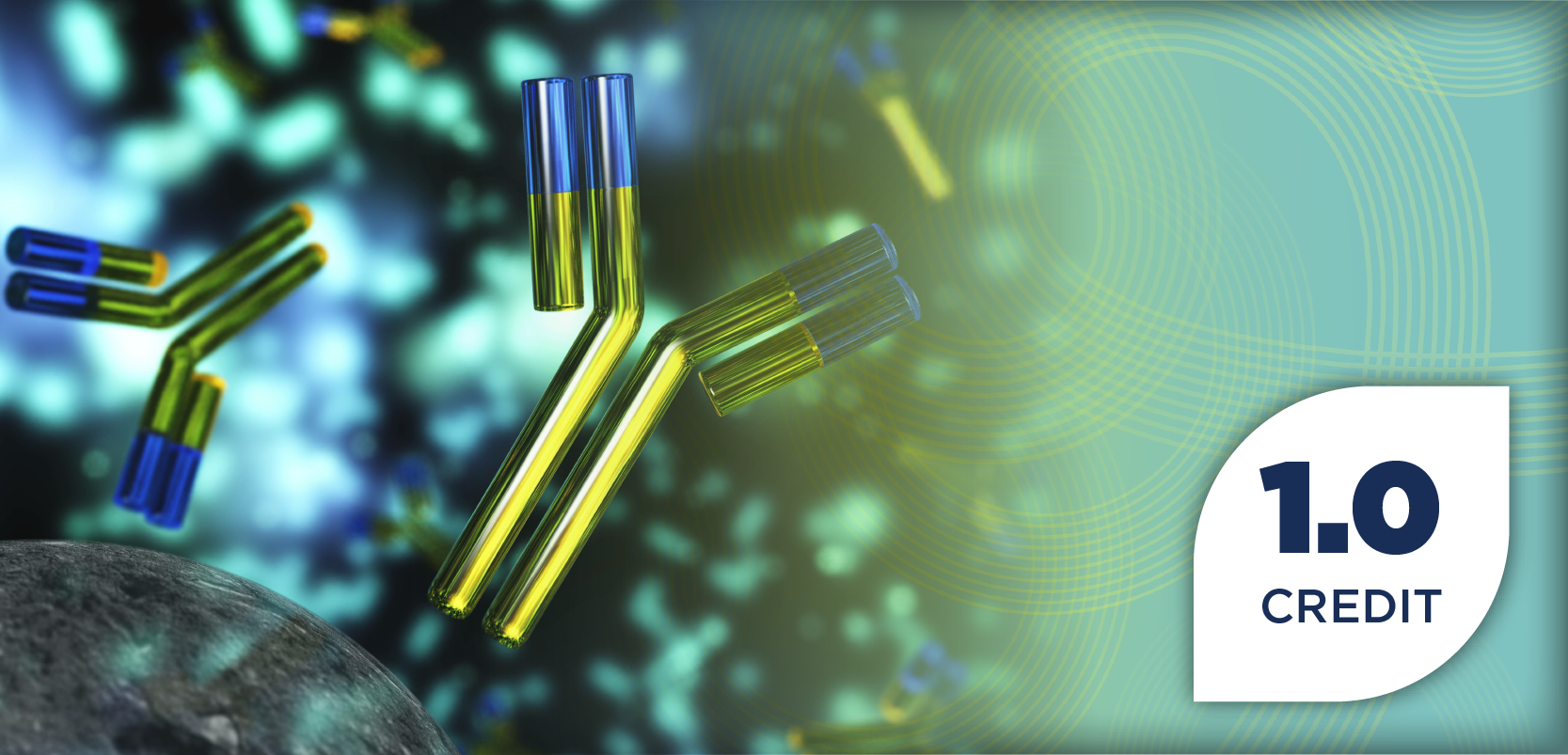
|Articles|November 5, 2021
Pharmacy Clinical Pearl of the Day: Fabry Disease
Author(s)Saro Arakelians, PharmD
Symptoms of classic Fabry disease appear during childhood or the teenage years.
Advertisement
Clinical Pearl of the Day: Fabry disease
People who have Fabry disease don’t produce enough healthy versions of an enzyme (blood chemical) called alpha-galactosidase A (alpha-GAL).
Insight:
- These enzymes prevent sphingolipids—a fat-like substance—from collecting in blood vessels and tissue.
- People who inherit a defective galactosidase alpha (GLA) gene don’t produce enough alpha-GAL enzyme. As a result, fatty substances build up in blood vessels.
- Types of Fabry disease include:
- Classic type: Symptoms of classic Fabry disease appear during childhood or the teenage years.
- Late-onset/atypical type: People with late-onset Fabry disease don’t have symptoms until they’re in their 30s or older.
- Statistics: Approximately 1 out of 40,000 males have Fabry disease in the United States.
- Causes: Children inherit a mutation (change) in the GLA gene on the X chromosome from a parent.
- Symptoms may include numbness, tingling, burning, heat or cold intolerance, swelling in the legs, raised purplish lesions, and flu-like symptoms.
- Diagnosis is done with enzyme assay, genetic testing, and newborn screening.
- Treatment includes, enzyme replacement therapy, every 2 weeks, through IV infusion, such as Fabryzyme. It also includes oral chaperone therapy, which can help break down the fatty substance. Such examples include oral tablets as migalastat (Galafold).
Sources:
Newsletter
Stay informed on drug updates, treatment guidelines, and pharmacy practice trends—subscribe to Pharmacy Times for weekly clinical insights.
Advertisement
Latest CME
Advertisement
Advertisement
Trending on Pharmacy Times
1
Operationalizing Epcoritamab-GemOx in Practice: A Focus on EPCORE NHL-2
2
Five-Year NATALEE Data Show Ribociclib Improves Outcomes in High-Risk HR+/HER2– Early Breast Cancer
3
Under Pressure: A Brief Overview of the Updated Hypertension Guidelines
4
Cholesterol-HDL-Glucose Index Linked to Type 2 Diabetes Prevalence in Adults
5

